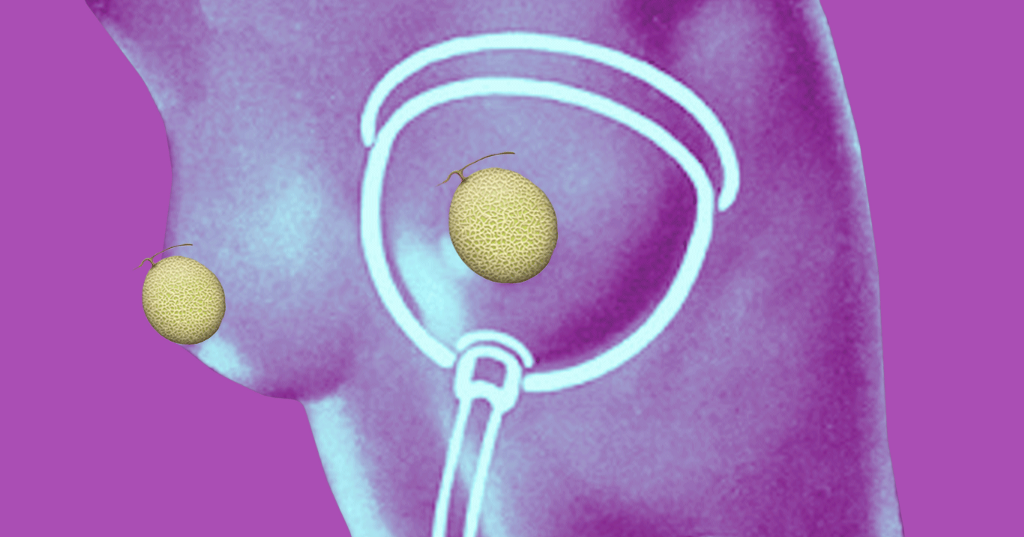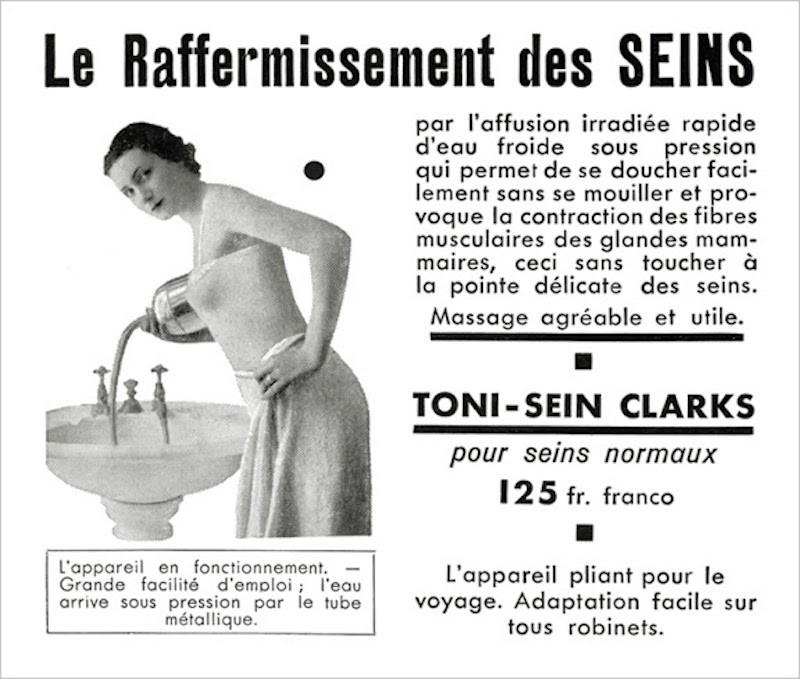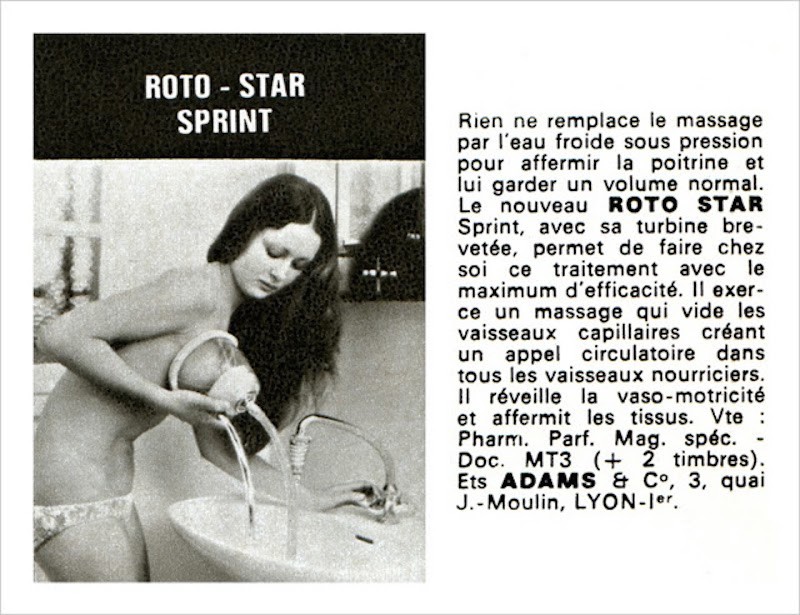The Terrifying History of Breast Implants

Before there were implants, there were bad ideas.
In the 1950s, everything about America got bigger: The population increased, the economy swelled and for women, a full bust was very on trend. Playboy launched in Dec. 1953, Barbie followed in 1959 and in Hollywood, stars like Marilyn Monroe flaunted their hourglass silhouettes.

It wasn’t until 1962 that plastic surgeons created a viable option for women who wanted to increase the size of their assets. Timmie Jean Lindsey, a mother of six, was the first American woman to receive a successful breast enlargement. She originally went to the hospital hoping to get a tattoo removed from her breasts — instead, doctors Frank Gerow and Thomas Cronin convinced her to volunteer for the first breast augmentation. Timmie’s doctors implanted silicone cutlets in her chest, increasing her cup size from a B to a C. The breast is history.
According to the American Society of Plastic Surgeons, breast augmentation is the most popular cosmetic procedure. Women undergo the surgery for a variety of reasons: to achieve fuller, perkier breasts; to correct asymmetries; to reconstruct their breasts after mastectomies; and to improve confidence. Breasts are a fraught topic (to put it mildly) and for many women, making a surgical change can help with body dysmorphic disorder and reduce depressive thoughts.
But what did women do before breast implants were invented? How did they handle breast envy?
Before there were implants, there were bad ideas
During the 19th century, corsets were de rigueur, but they came with regrettable side effects: Victorians believed these abdomen prisons squished breasts, ultimately preventing them from growing. To counteract this, beauty writers advised women to rub topical treatments or homemade “growth serums” on their chests two to three times per day. Other beauty writers insisted that the “flat, undeveloped condition of the bust” could be managed simply by massaging coconut butter or pure olive oil on the “afflicted” area.
Compared to these methods, the French technique for breast enlargement was nothing short of torturous. Apparently, in the early 1900s, French women would affix large suction cups to their breasts in order to firm them. Per the product’s advertisement, fast, cold water “showers the breast without getting wet, making the muscular fibers of the mammary glands contract without touching the delicate tip.” The advert guarantees ease of use and a pleasurable massage, but cautions that the tool only works on “normal breasts.”

Before Drs. Gerow and Cronin successfully nailed down their silicone implant technique, Japanese prostitutes were doing it for themselves. In 1945, American servicemen were all over Japan and sex workers there assumed they were all looking for one thing: big tits. To accommodate this request, the sex workers stole silicone from local doctors and injected it directly into their chests. Their entrepreneurial spirit was commendable, but the results were less so: Silicone rot set in and the injection sites became gangrenous.
Doctors in the States should have known better, but that didn’t stop them from experimenting with similar techniques in the 50s. They injected tens of thousands of women with silicone; their breasts hardened and many needed to be removed entirely. Doctors also tried inserting sponges into women’s bosoms; the sponges shrank over time, making the breasts “hard as baseballs.”

Today, breast implants are safer and more affordable than ever, but it’s nice to look back and reminisce about a time when women tried to power wash their jugs to a more desirable size and density.
Boob jobs: They’ve come a long way, baby!
All images via MessyNessyChic.com.
